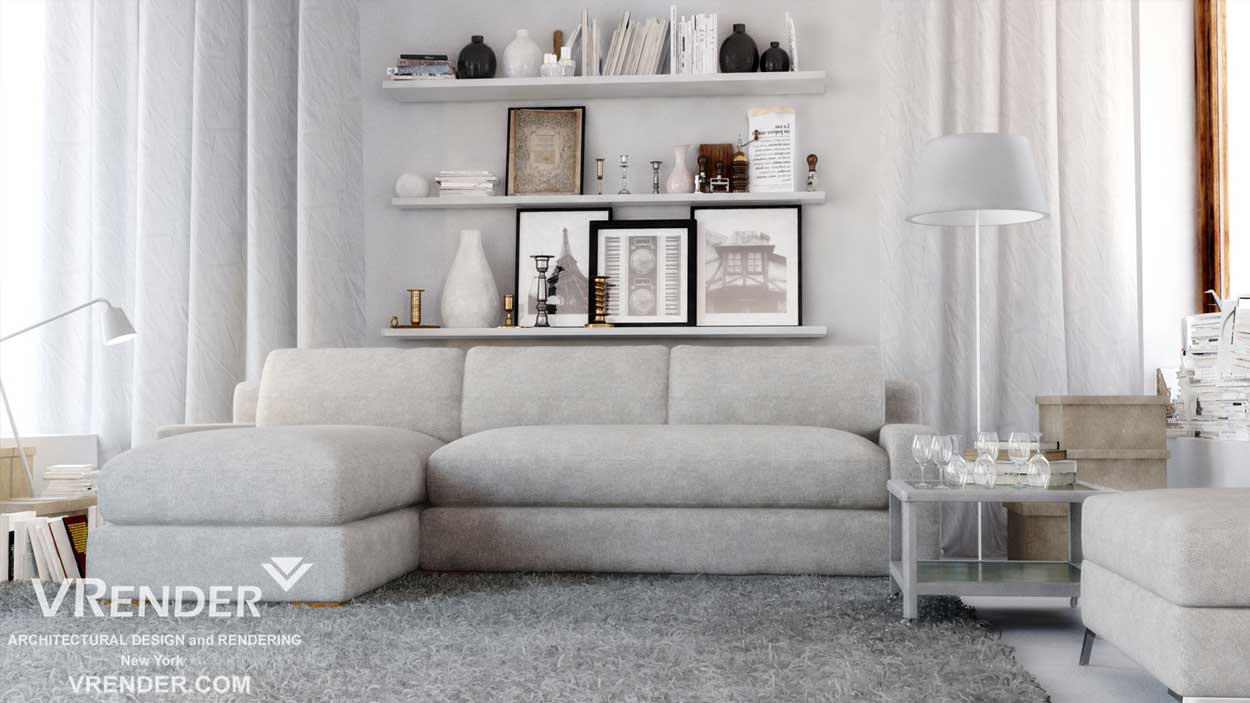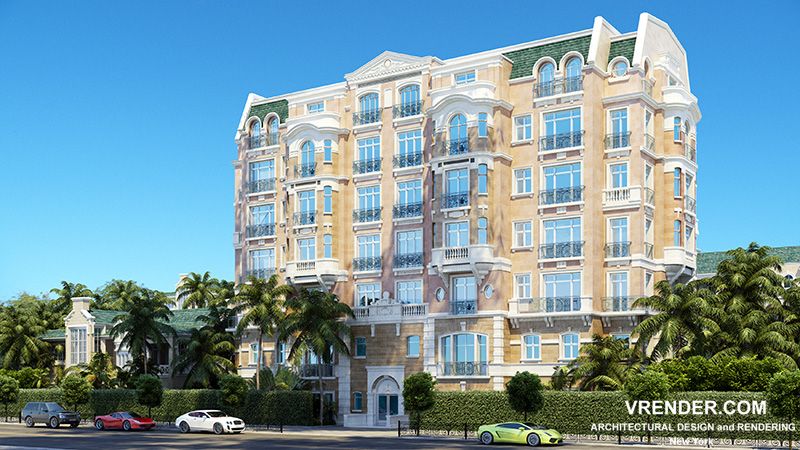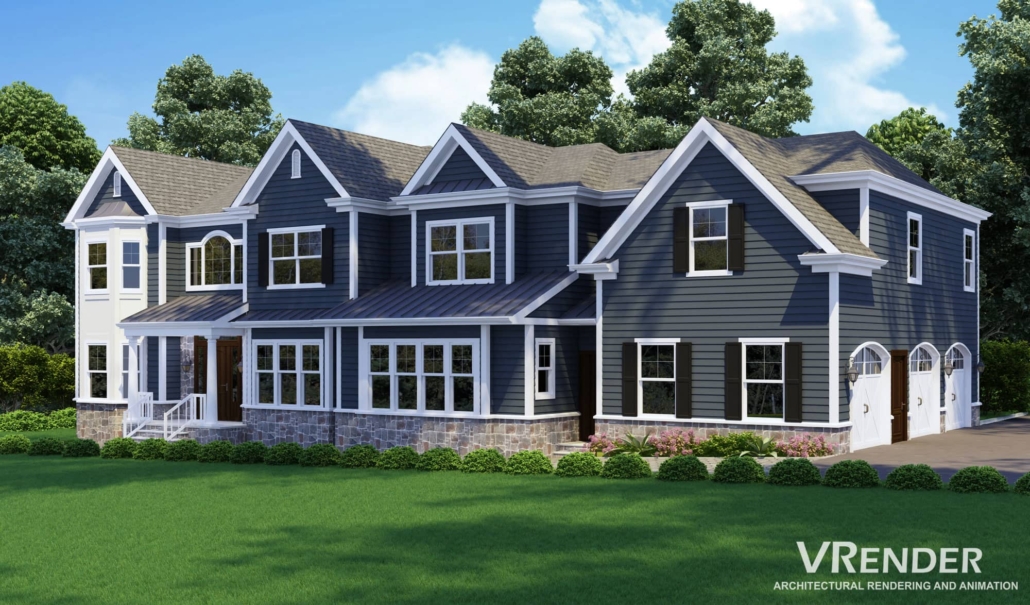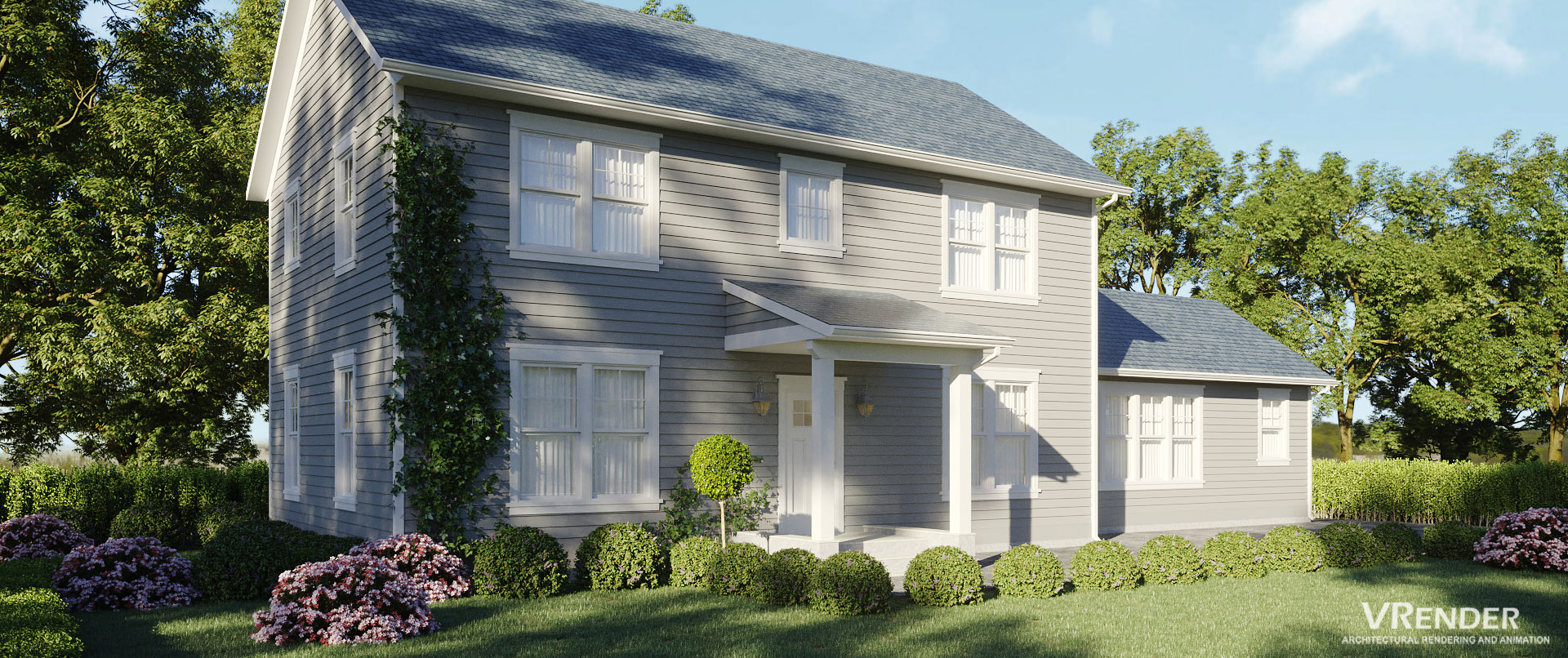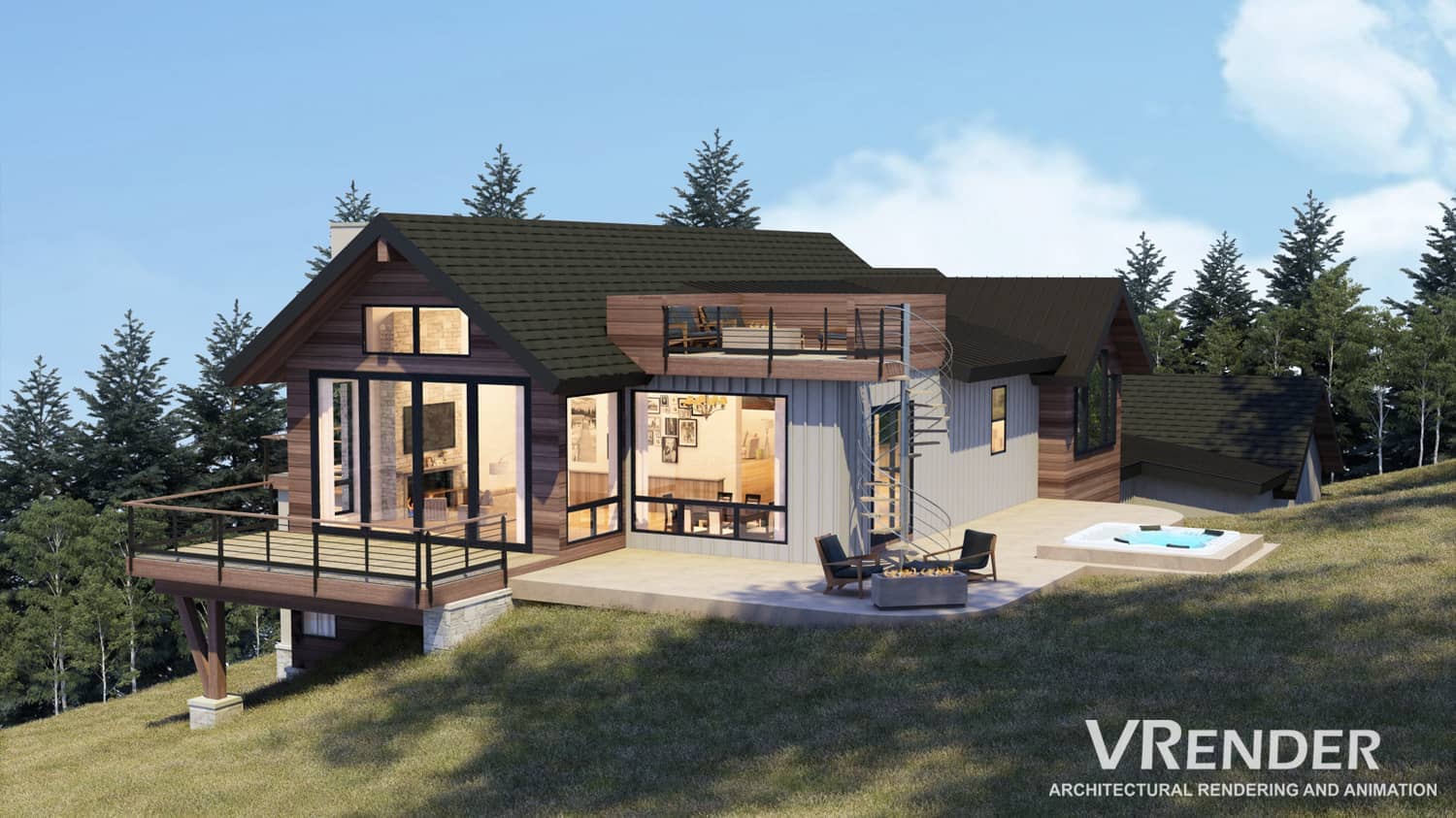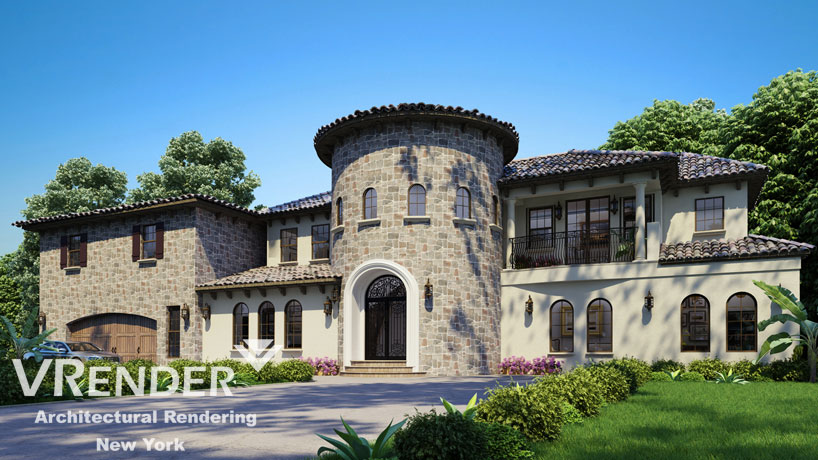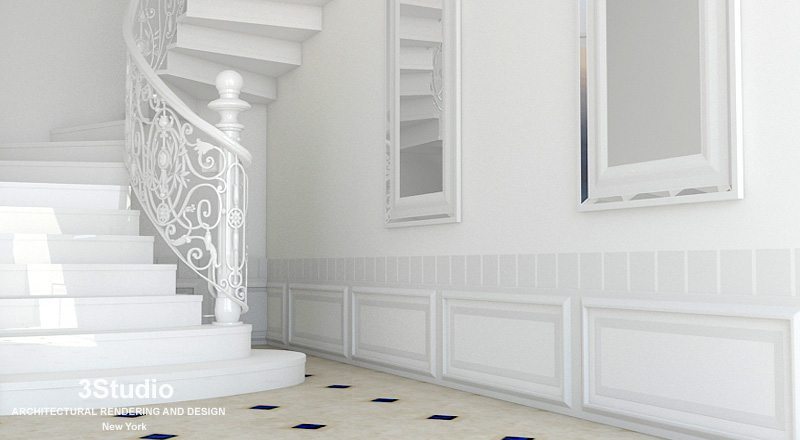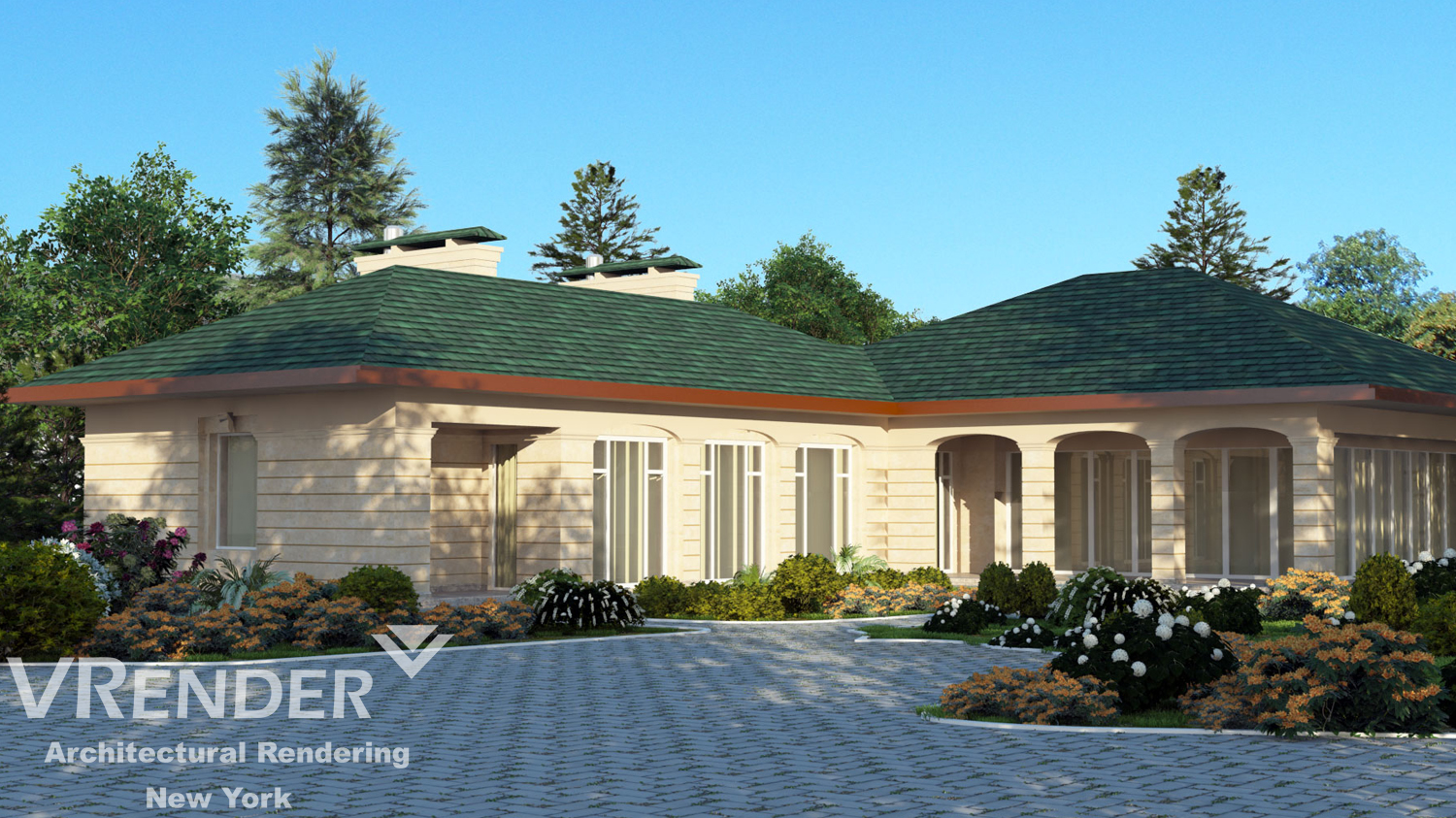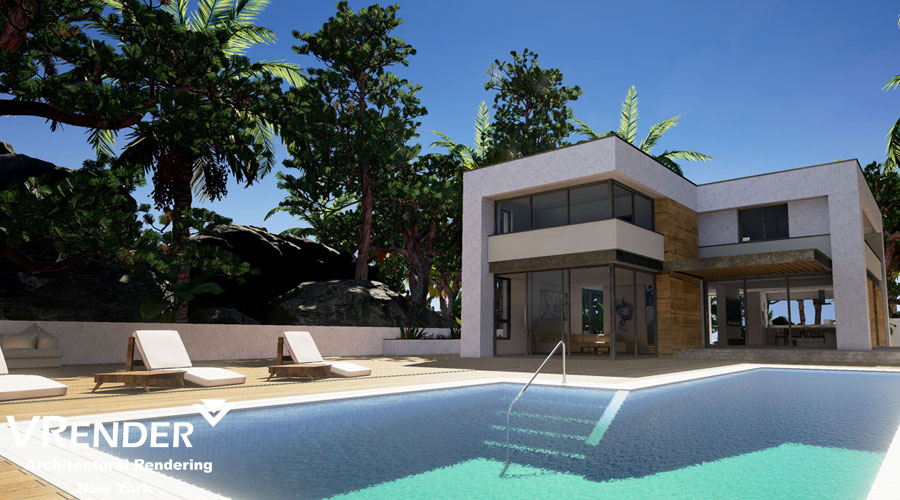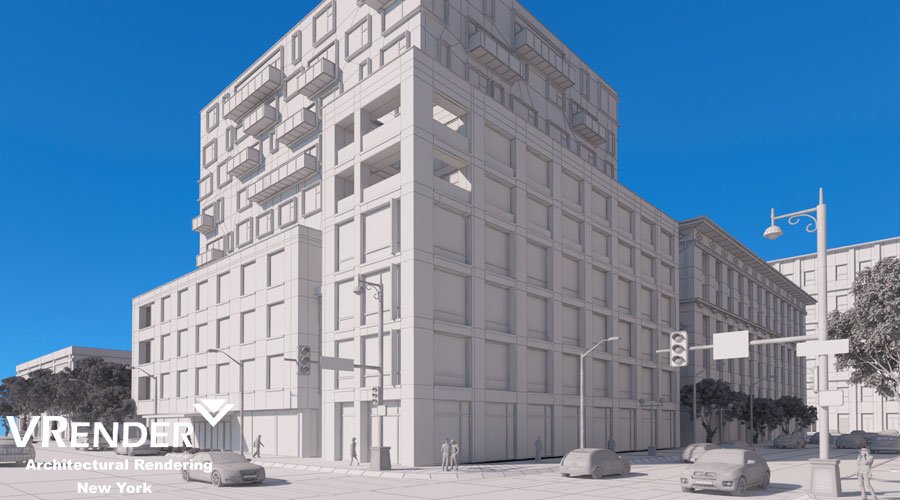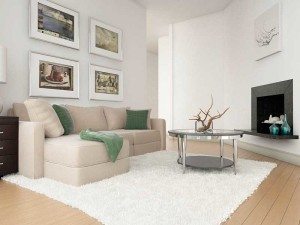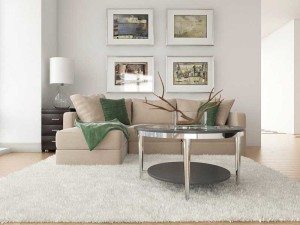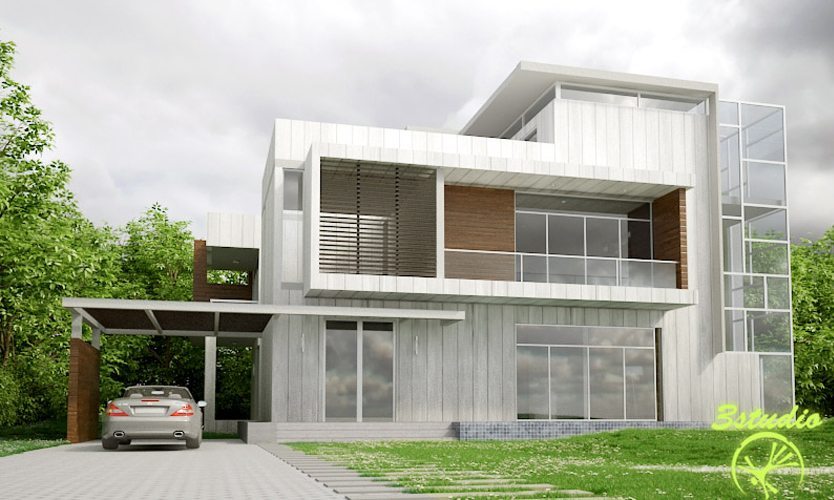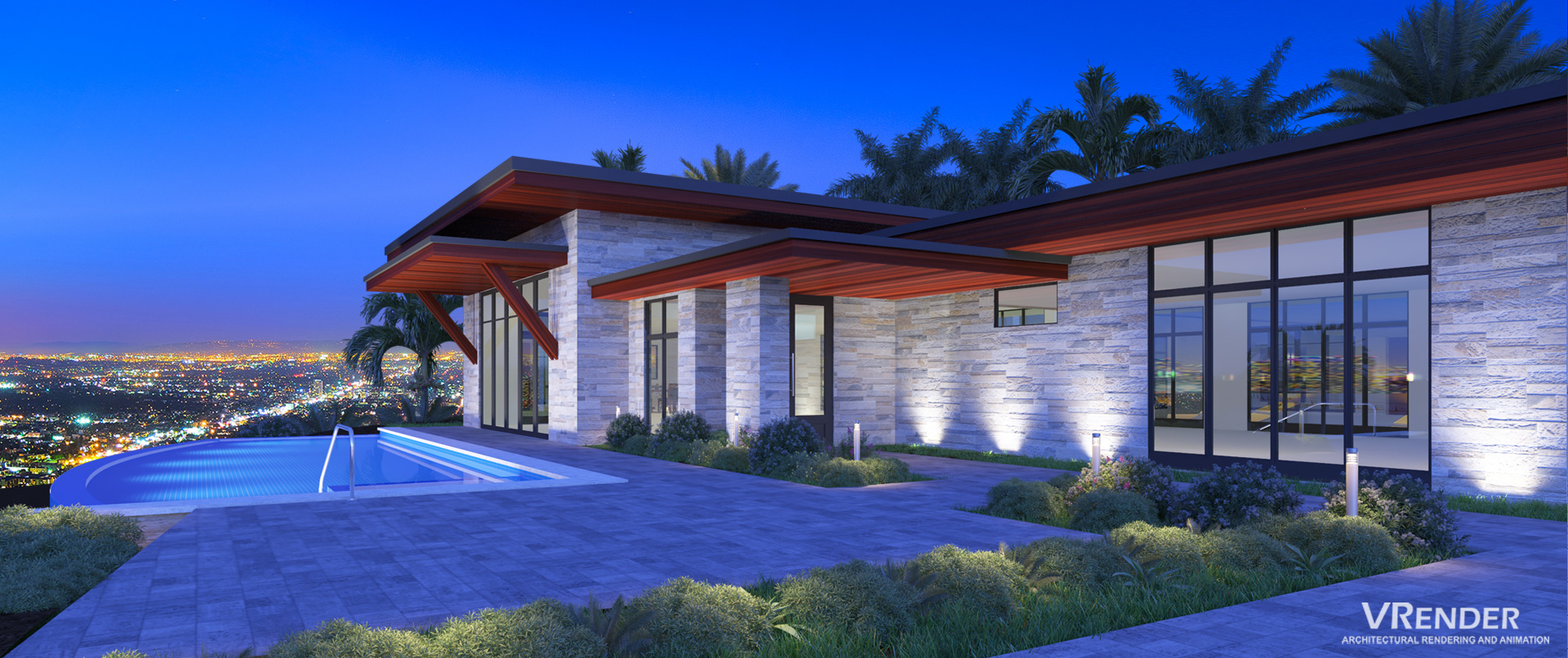Posts
Quick Interior & Exterior 3D Renderings for Businesses
Vrender Company one of the leading Architectural 3D Rendering and Design service provider company. And has more than 10 years of professional experience and expertise in creating a high level of technical and effective business solution in the field of Architecture & Rendering Service.
Utilizing our cache of scalable products and services, the Vrender.com team brings your project to life – an expert staff that includes 3D artists and animators, video producers, web programmers, graphic designers and application developers.
We provided our 3D Visualization and 3D Animation services in Denver, Colorado Springs, Aurora and other Colorado State cities.
The following are some of the basic services we provide:
- Architecture Design & Consultancy Services
- Architectural 3D Views
- Exterior and Interior 3D Rendering
- 3D Floor Plan
- 3D Walkthrough
- CAD Drafting
- 3D Modelling.
We assist architects and contractors around the globe in bringing life to their visions by rendering 2D and 3D AutoCAD Services. Our team has in-depth knowledge of this discipline that takes pride in serving our clients.
Vrender Company.
Architectural rendering, sometimes referred to as architectural visualization, is the process of creating two-dimensional images or animations showing the attributes of a proposed architectural design. Architectural rendering is used by architects for various purposes:
1. Visualization: Before a building is constructed, architects need a way to show their clients how the design will look in real life. Rendering helps clients visualize the project and allows architects to demonstrate design concepts and make adjustments before construction begins.
2. Presentations: High-quality renders are used for presentations to clients, and investors, or for public approvals. They need to be clear, appealing, and realistic to effectively communicate the design intent.
3. Marketing: Developers and real estate companies often use architectural renderings to market residential or commercial spaces before they are built. They serve as a powerful tool for pre-selling or leasing property.
4. Design Analysis: Renders allow architects to study how light plays with the building surfaces, how the materials look in different lighting conditions, and how the structure blends with the site context. It can prompt design modifications when something doesn’t work as expected.
5. Permits and Zoning: For legal certification, councils often require visualizations to understand the impact of the new structure on the surrounding environment.
Architectural rendering can be done in many ways:
– Hand-drawn sketches: Traditionally, architects have used sketches to convey an artistic impression of the final product. While not as common today, hand rendering still has a place in the early stages of design.
– 3D Modeling and Rendering Software: Software such as SketchUp, AutoCAD, Revit, 3ds Max, Maya, and Rhino are widely used today. These tools allow architects to create detailed 3D models of their designs which can then be rendered with realistic textures, lighting, and shading.
– Photorealistic Rendering: This technique attempts to create an image as realistic as a photograph. This often involves complex rendering software that can simulate light, materials, and camera effects.
– Virtual Reality (VR): VR allows clients and stakeholders to experience the space in a much more immersive way than traditional renders. Users can “walk” through the interior and exterior of the building and get a sense of the scale and spatial relationships.
– **Augmented Reality (AR)**: AR overlays digital content onto the real world and can be used to visualize buildings in situ through smart devices.
– **Animations and Walkthroughs**: These are video presentations that make it possible to give a tour of the design, showing different angles and features as if one is moving inside or around the building.
Architects and firms may either have in-house specialists for rendering or they may outsource this task to specialized companies. The advancement in technology has also ushered in AI-based rendering tools which can further streamline and speed up this process.
For architects, proficiency in creating or at least understanding architectural rendering is important as it directly impacts client feedback, project approvals, and ultimately, the success of their designs.
Working on a project architects confront a question: «In what way they can profitably present it to a customer?».
Drawings, sketches, or planning documentation are everything that usually helps architects to work comfortably and easily aren’t good enough for customers because they are very far from the cobwebs of the architect’s work.
The most profitable and intelligible way to present the project is 3D rendering which helps architects:
- to free time for creative work;
- to bolster your profit margins;
- to guarantee a competitive position.
Call us or write to [email protected], in order to book the rendering of your project and to know all the details about all work advantages with our architectural visualization studio and about different variants of effective architectural object presentation.
Robert Brice (a founder of the “AECIS Interiors” studio) tells about the experience of cooperating with our studio:
Benefits of using qualitative architectural rendering
An opportunity to demonstrate a photorealistic image of a project and make a simpler way of coordination. Sometimes it is very difficult to explain to a customer the concept of the project.
It is very difficult to do it orally, but many transitional stages, such as the first sketches or conceptual drawings with a pencil can be sufficient for you may not be intelligent to a customer, so all coordination work and explanations will drag out a business.
The project of reconstruction: current situation and the first sketches (Do you think a customer will understand the idea? Fat chance).
An ideal decision for a customer will be to see a three-dimensional image of his own object.
Renovation project rendering, so the customer understands an architectural concept and the project will be concurred and proved:
Furthermore, a customer has business partners, colleagues, friends, and family whom he wishes to consult with in order to determine conclusively. But for them, it is too difficult to puzzle out project documentation and to understand architectural and planning concepts. Even more, the reason is that a client and not you will present the project. Here again, rendering will be a finished, nice, and intelligible picture, so it is a good way to form a favorable opinion about the project among people whom a client is accustomed to advise. Very often, he put a rendering of his future house or shop on the table or demonstrates it on his iPhone.
And in the case of objects presentation at public hearings or before different planning commissions rendering is practically the only way of demonstration.
A possibility to convince a client of the need to order a project
Is your customer thinking, or hesitating about the need for a project or his manager of the work can build everything himself?
The main fact is to «give a kick» to a customer and motivate him to order the complete outfit of the project documentation, spending the minimum amount of time and money. Rendering is the best way to solve such a problem because it is enough to use only several sketches and reference images for the creation of a nice marketing picture.
A reference image and alternate layout (for an experienced architect it is a simple, quick, and solvable problem):
Consequently, you can demonstrate the image of a client’s future stairs even before the stage of the initial design, finally, convince him in your professional manner, and show the necessity of further cooperation.
Rendering – the project is well-designed and finished
A possibility to get an additional income
Rendering for an architect is cheaper than for an end customer.
During rendering takes place, with the cooperation of both the architect and visualizer, corrections are proposed, angles are approved, and technical assignment is coordinated. Rather than anywhere else at this cooperation, an additional value of a rendering is born. Another way of putting it is that rendering that has been ordered at our studio is selling to the end customer at a higher price.
All the more reason is that by means of a qualitative rendering worth of the project is rising in customers’ eyes.
A possibility to save some time for creative work and greenfield projects
Once in a way, an architect has to follow all customers’ tough requirements. So, practically all architects have kitschy projects – they are simple and banal architecturally, but nevertheless very attractive to a client.
Such a routine for perfect architects is very burdensome, but all the same moneymaker especially if the question is about facade stylization of already-existing objects.
Specified planning documentation, drawings, or detailed sketches aren’t needed to be used.
Rendering helps to solve such a problem: you describe the concept of the project and prepare schematic sketches (of course, a client doesn’t need them, but they are enough for the beginning of the rendering work). In a similar fashion, it is possible to visualize only facades apart from foreground images that in some cases allow stepping away from drawings and saving your time and money.
Additional confidence that in the course of projection and material, the selection was not refused admittance.
Rendering reproduces a play of light and shadow that cannot be represented in any other way. Many materials change their color and reflective power depending on optic angle and lightning so this property is taken into account during materials selection.
Also, rendering allows watch different variants of color layouts and choose the best one.
Rendering is a sort of control examination of the whole project. Integrating all possible amendments is cheaper at the design stage than in the process of construction.
A project that has been already designed and visualized can be encased in a portfolio and demonstrated to new customers without waiting until the end of construction.
Object construction is delayed very often or even doesn’t begin sometimes. Nevertheless, the project is finished and examined in detail, so that a wish appears to show it to new customers, colleagues, or put up for tender.
And since our rendering has been taken for a photograph, you can easily replace the photo of a completed object. It will speed up the architect’s portfolio replenishment and spend the minimum of time between the project’s finish and its beginning, so it brings glory to an architect and his studio.
Competitive position before other architects, because they don’t have a good rendering.
Unfortunately, for us (visualizers) and fortunately for you (architects), not many architects consider a qualitative 3D visualization as a necessity.
Some architects:
• prefer to refuse from rendering at all forgetting about its demonstrativeness for a customer;
• economize greatly on rendering without paying attention to its quality and doing everything only just to check the box, because «everybody does the same».
Such an approach is appropriated only for some architectural circles. But if to take into consideration business engineering, architecture, or design, project sales will be topside. Project success depends on their visual appeal that is exactly reproduced by rendering.
Graphic tablets with our works, executed for Architectural and design workshops “Allegro” and “White square”:
An opportunity to give new releases of life to old competitive or unrealized projects.
Surely, every architect has several old, unrealized, but all the same compelling projects. Such projects you wish to use in a portfolio or demonstrate to new potential clients but it can’t be done because of their obsolete form of presentation (a wash drawing, axonometric drawings, or a simple model of “ArchiCAD”).
Rendering gives a new release of life to projects like that and they will work for you a great while, attracting more clients.
“Rendering” – we meet this new and quite intelligible word with ever-increasing frequency. Games, programs, and professions – we have met them everywhere recently. So, what is rendering?
As of today, computer graphics technologies, particularly 3D visualization, are becoming more and more popular. You can study in detail the object’s model with the help of 3D modeling, visualization, and prototyping, to make the necessary changes, to evaluate the ergonomics and functionality, to change the design of a product, to create photo-realistic images, and much more.
What is 3D rendering?
In the broad sense of the word, “Rendering” is a term of computer graphics, which denotes the process of visualization or model imaging with the aid of software. For example, when somebody employs you, this person understands this term as your professional skills in creating 3D graphics, when it is only the last stage of it.
The use of 3D rendering
3D rendering is most often used for demonstration at various exhibitions, presentations, and conferences. 3D rendering allows seeing the original design idea, the future project, or any not yet existing objects or already existing but invisible to us. It allows demonstrating the trends of different goods – from food and its packaging ending with new models of equipment.
3D rendering is also used:
• in printed promotional ads,
• in the creation of videos,
• in architecture,
• in industry,
• at scientific or training projects,
• in online stores,
• during the design of the interiors and exteriors, and so forth.
Stages of 3D rendering
The 3D rendering technology is closely related to three-dimensional modeling because the image will be built in three-dimensional space based on the 3D model. If not to use the 3D model of the product and the programs for 3D rendering but simply to create an image of the product using image editors it will be the usual two-dimensional visualization.
The imaging process is done in several stages:
• the creation of a 3D model of the object,
• the creation of scene of the environment around the object,
• texturing,
• setting the proper lighting,
• camera setup, selection of successful angle,
• adjustment of effects,
• 3D rendering.
Rendering is one of the imaging steps. Rendering allows receiving the final image of a three-dimensional model in a ‘flat’ version. Depending on the complexity of the object and the desired quality of the obtained images, rendering may take a few minutes or dozens of hours. The power of the computer also affects the speed – rendering may be quite a long process, even for a few days, at the old and the weak PC.
Who is engaged in rendering?
The most widespread profession, which requires the knowledge of «rendering», is a 3D designer. The specialist in this area can create everything from elementary banner to computer games models. And sure, enough 3D designer works not only with rendering but with all previous stages of 3D graphics creation as modeling, texturization, lighting, animation and then the stage of visualization is started.
However, 3D designer doesn’t work with mathematical and physical formulae, describing them with the help of a programming language.
Everything will be done by compiling programs (like “3D Max”, “Maya”, “Cinema 4D”, “Zbrush”, “Blender”, etc.) and physical aspects of libraries which have been written (“ODE”, “Newton”, “PhysX”, “Bullet” and so on).
Most Popular Software for 3D rendering (3D visualization) :
• 3Delight
• 3ds Max
• AIR
• Angel
• Arion Renderer
• Artlantis Render
• AutoCAD
• Brazil R/S
• BusyRay
• Cinema 4D
• Final Render
• Fryrender
• Hypershot
• Holomatix Renditio
• Indigo Renderer
• Iray
• Kerkythea
• Keyshot
• LuxRender
• Mantra renderer
• Maxwell Render
• mental ray
• Octane Render
• POV-Ray
• Render DotC
• Render Man
• Rendition
• Sunflow
• Turtle
• V-Ray
• YafaRay
Vrender Company 2016.
3D modeling and interior visualization services provide an immersive and visual representation of interior spaces. These services are utilized by interior designers, architects, real estate developers, and homeowners to bring design concepts to life before actual construction or renovation work begins. The use of advanced 3D software tools allows professionals to create realistic models and renderings, showcasing how an interior space would look with various design elements, such as furniture, lighting, textures, and colors.
Here is an overview of what 3D modeling and interior visualization services typically offer:
1. Conceptual Design: Designers work with clients to understand their vision and requirements for the interior space. This stage usually involves creating mood boards, sketches, and basic layouts.
2. 3D Modeling: Using specialized software like Autodesk 3ds Max, SketchUp, Blender, or Cinema 4D, the designer builds a three-dimensional model of the interior space, including architectural details and any custom furniture or fixtures.
3. Texturing and Materials: To add realism to the model, textures and materials are applied to surfaces. High-quality textures simulate real-world materials like wood, fabric, glass, and metal, providing a realistic look at the different finishes and how they interact with lighting.
4. Lighting: Proper lighting is crucial for creating mood and atmosphere. Designers simulate natural and artificial lighting sources to demonstrate how the space is illuminated at different times of the day or night.
5. Rendering: The 3D model is rendered to produce high-resolution images or videos from selected viewpoints. This process can be computationally intensive, sometimes requiring powerful computers or rendering farms to produce photorealistic results.
6. Post-Processing: After rendering, the images may go through post-processing in software like Adobe Photoshop to tweak colors, contrast, brightness, and to add any final touches that enhance the visual appeal.
7. Virtual Reality (VR) and Augmented Reality (AR): Some services also offer VR and AR capabilities, allowing clients to virtually walk through the interior space using VR headsets or view how certain furniture would look in their existing space using AR applications.
8. Animation and Walkthroughs: For a comprehensive view of the space, animated walkthroughs can be created, allowing the client to experience the design in motion, and providing a tour of the entire interior.
9. Revisions: Based on client feedback, changes and adjustments can be made to the model. Interior visualization services usually include a set number of revisions to ensure the final product meets the client’s expectations.
10. Support and Collaboration: Throughout the process, service providers collaborate with clients, adapting to project needs and sometimes even helping with decision-making by presenting various design options.
Interior visualization is not just about creating stunning visuals; it’s also a powerful communication tool that bridges the gap between technical architectural plans and clients’ understanding of a space. By enabling clients to see and experience their future space, it can lead to more informed decisions and better satisfaction with the final outcome.
We know you are your own biggest critic and we want to see you shine! Everybody is watching and we want to give you a look everybody can feel. A picture is worth a thousand words and architects and designers are nothing unless they can communicate their message.
Vrender Company has a talented team of architectural rendering specialists with over 20 years of experience. We pride ourselves in consistently providing the highest quality architectural rendering services at competitive prices. Being founded by architecture background specialists, our expertise lies in being able to effectively communicate architectural design to whomever it may be. We believe that the core of design lies in articulating a cohesive narrative to a larger audience.
3ds max and Vray.
An architectural rendering company specializes in creating visual representations of architectural designs. These companies use a combination of art, design, and technology to produce images and animations that realistically depict how a building or space will look before it’s built. Their services are vital in architecture, interior design, real estate, and urban planning. Here’s a more detailed look at what these companies do:
Services Offered
- 3D Architectural Renderings: Producing high-quality, detailed 3D images of exterior and interior spaces. These renderings often include textures, lighting, and environmental elements like landscaping.
- Virtual Tours and Animations: Creating immersive 3D animations or virtual walkthroughs of a space, allowing clients to explore a property virtually.
- Floor Plan Visualizations: Converting traditional 2D floor plans into more comprehensible and visually appealing 3D floor plans.
- Photorealistic Rendering: Creating highly realistic images that are often indistinguishable from photographs. These are particularly useful for marketing and presentations.
- Site Plan Renderings: Visualizing how a building relates to its surrounding context, including landscaping, neighboring buildings, roads, and other features.
Clients and Applications
- Architects and Interior Designers: For presenting design concepts to clients, and stakeholders, or for planning approvals.
- Real Estate Developers and Agents: For marketing properties, especially those under construction or in the planning stage.
- Urban Planners and Public Bodies: For visualizing future development projects and aiding in public consultations and planning permissions.
- Homeowners: For renovations or custom home designs.
Technologies and Skills
- 3D Modeling Software: Such as Autodesk 3ds Max, SketchUp, Revit, or Rhino.
- Rendering Software: Like V-Ray, Corona Renderer, or Lumion.
- Graphic Design Software: For post-processing, such as Adobe Photoshop.
- Technical Understanding: Knowledge of architecture, design principles, and construction techniques.
- Artistic Skills: A good eye for composition, color, and detail to create visually appealing and accurate representations.
Benefits of Using an Architectural Rendering Company
- Enhanced Communication: It is easier for non-professionals to understand and visualize architectural concepts.
- Marketing Tool: High-quality visuals for promoting real estate or design projects.
- Design Evaluation: Allows for the review and refinement of designs before construction begins, potentially saving time and resources.
- Project Approvals: Useful for convincing investors, stakeholders, or regulatory bodies.
In summary, architectural rendering companies play a crucial role in bridging the gap between conceptual designs and their realization, providing a vital tool for visualization, communication, and marketing in the architecture and real estate industries.
Architectural visualization is a step forward in town planning. Modern society demands different requirements for the cities’ appearance. Particular value acquires original design decisions and the aesthetic component of the architectural object.
It is not enough just to build a common house, because people want to create a great and interesting object, perfectly suitable to a particular place. Such a result will help you to achieve the architectural visualization that allows creating a graphical display of the object.
Large buildings must have preliminary layouts. You can see the appreciable advantages of architectural visualization (in comparison with traditional models) with the rendering methods of creating photorealistic objects. It is essential when you turn on the architectural form of a holistic architectural ensemble.

Visualization allows you to see the object from all sides so that it becomes possible to make changes to the project before implementing it. You can change both the overall concept and a few lines that will show the perfection of each form and will allow you to integrate it into the existing environment.
Architectural Visualization is perfectly suitable for the presentation of the project to investors or the competition of architectural committees.
Pages
Autodesk 3d max Rendering in 2018 is one of the most important essential concepts in computer visuals.
The main objective of creation is getting an image from modeling. The final variant of the item has an influence on the creation of technology’s usage. For example, THREE DIMENSIONAL accelerators are used for computer game growth. There is also the pre-rendering option for video clip creation, but it is a relatively gradual process of visualization. The applications which provide visualization through computer programs are called makes. Such programs work with THREE DIMENSIONAL object lighting.
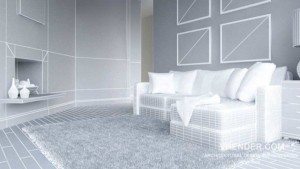
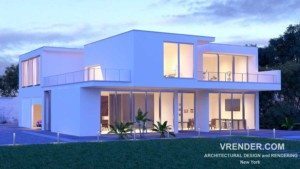
There are many well-known leading companies using sufficient visualization software such as 3DS Max, V-Ray, Corona, and Arnold. The «Pixar» company has created an application development interface for 3D computer animation which is called the «Renderman». The particular «Renderman» has a great benefit – a simple and practical interface. The program continues to be using since the 90s by many people and other big companies.

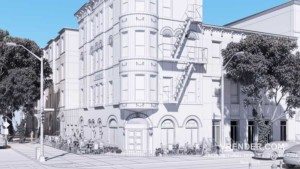
There is certainly one more famous rendering program Vray (render) that is made by Bulgarian developers «Chaos Group». Vray includes a quite big and innovative and technological prospect. They are the factors that impact speed and achievement and the quality of the outcome.
Finally, «Fryrender» is the most practical render. Its developers are aware of the physics that is seen in this particular render. Fundamental laws associated with the universe are kept right here, indeed.
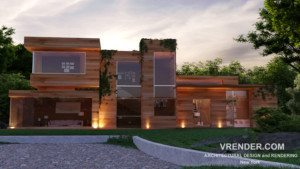
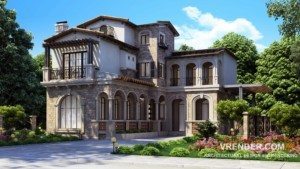
A computer cluster-render plantation is used for making visual results for a film. Parallel processing systems in render plantation save time for videos creation. Theoretically saying, making includes a few techniques by way of which you can achieve the required outcome.
Rendering makes the calculation as well as the presence of the core by way of the algorithm here is quite reasonable. There is a Rendering equation which usually theoretically proves the visualization’ models.
Vrender Company 2018

